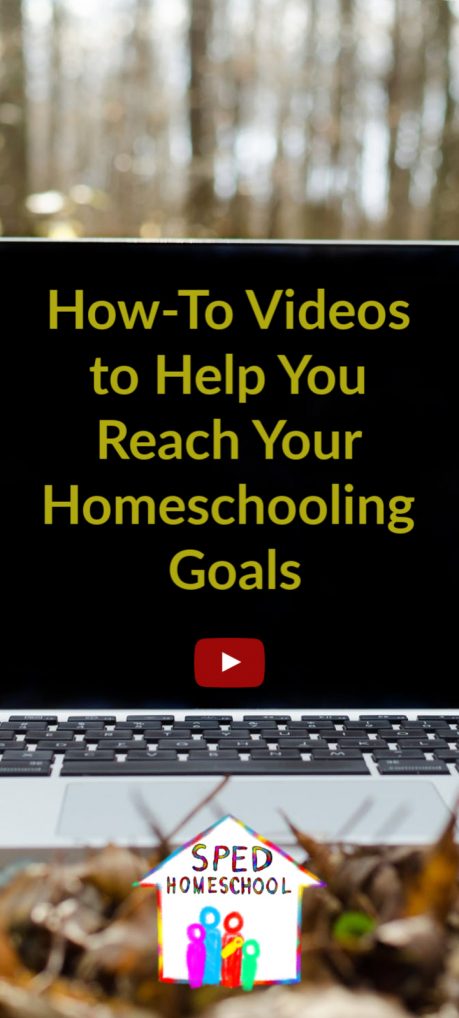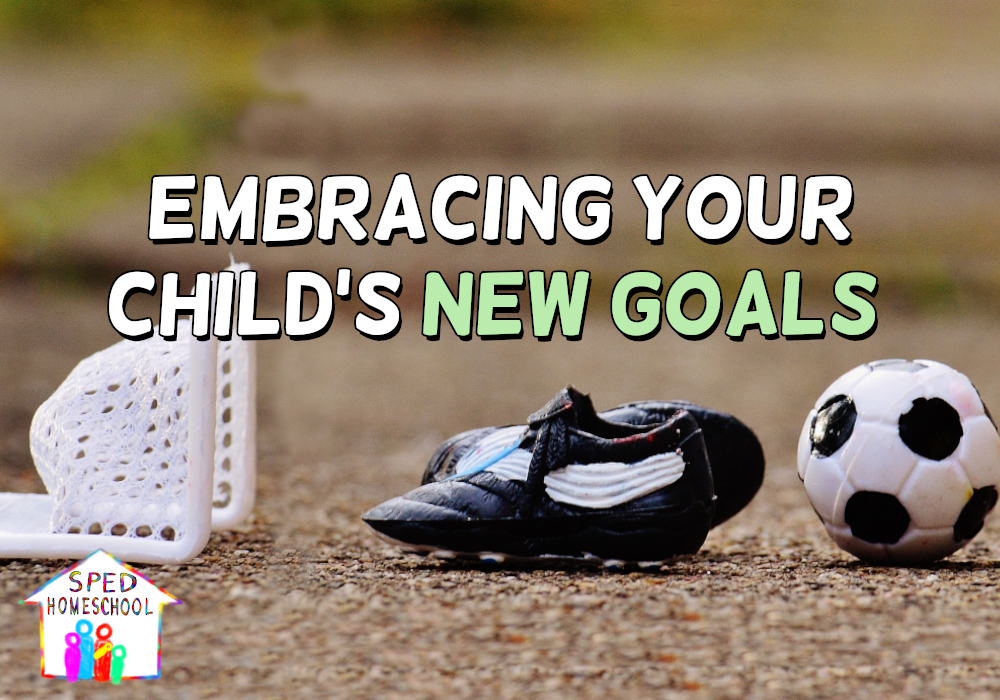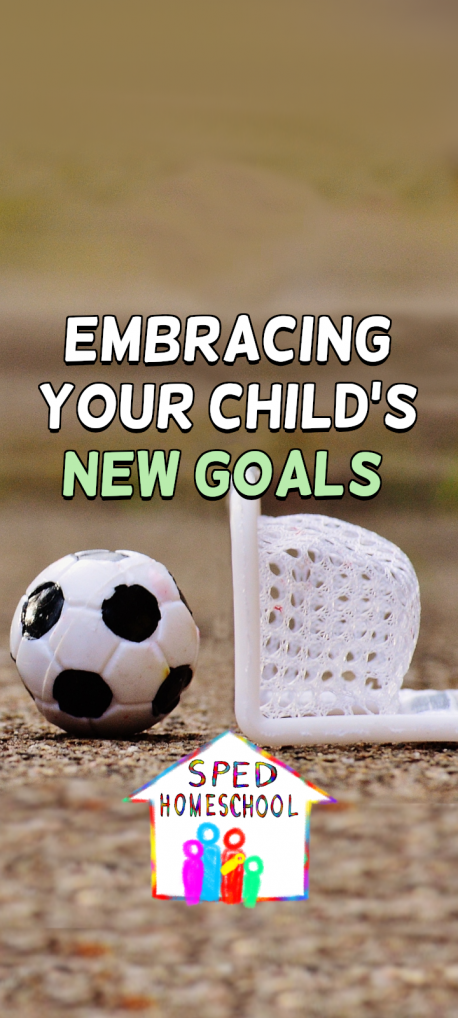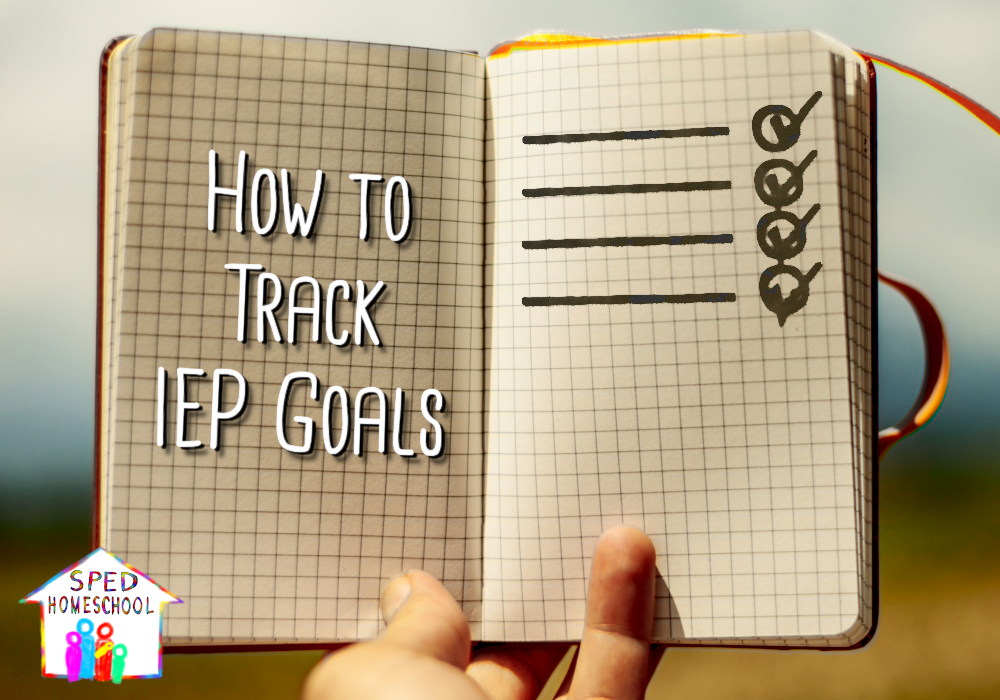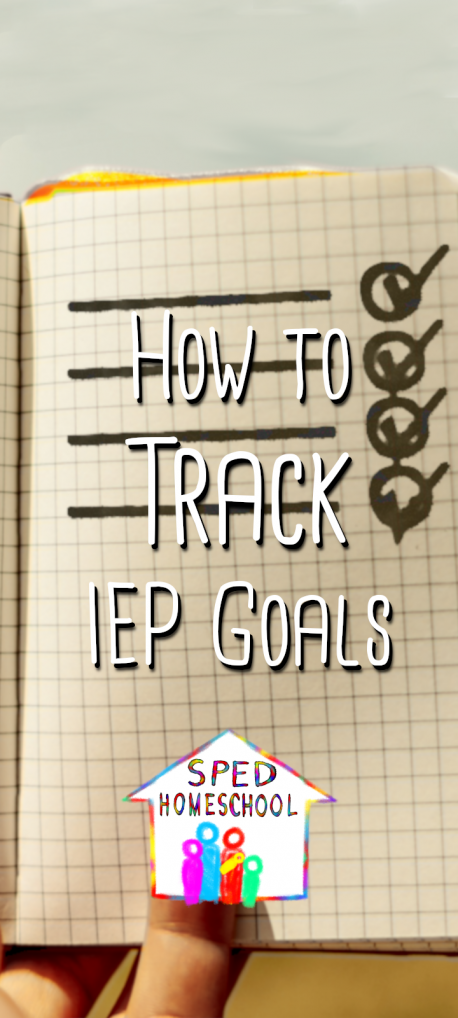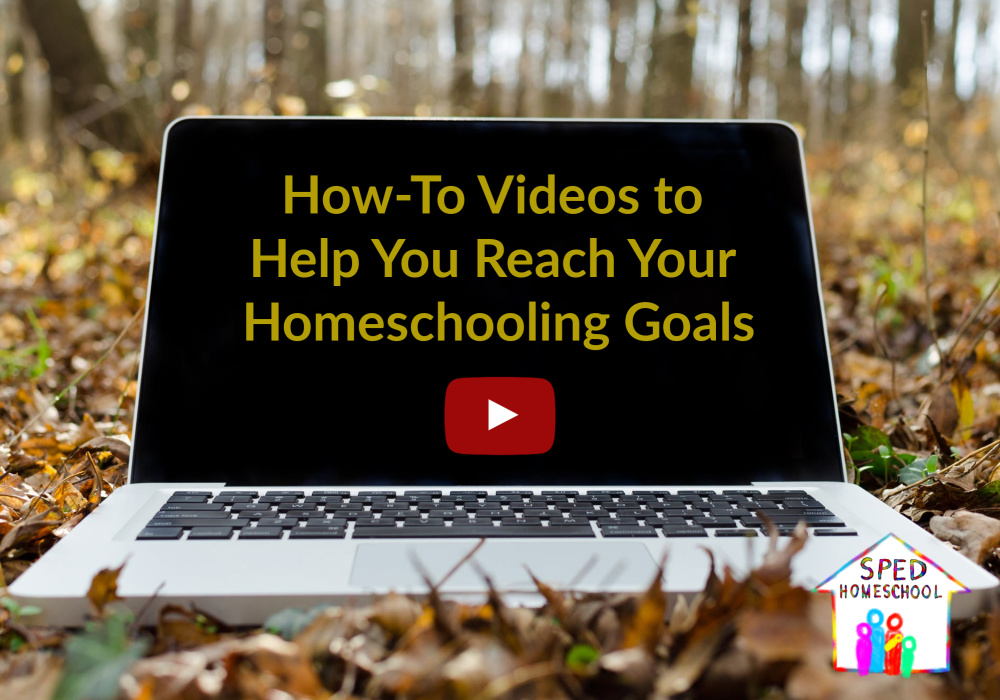
By Peggy Ployhar
Are you looking for quick instructional videos that will show you some of the best tips and techniques homeschooling speakers, consultants, therapists, and curriculum providers share for helping struggling learners achieve various goals? Look no further than the SPED Homeschool YouTube Channel. Below is just a sampling of some of the videos you will find on our channel to help you prepare for helping your child reach various goals.
Social Skills
Scaffolding for Playdate Learning Success
Behavior Intervention
Teaching Behavior Modeling Through Audiobooks
Self-Esteem
Helping Your Highly Sensitive Teen Develop Self-Esteem
Large Family Group/Combined Learning Different Levels
A Large Homeschool Family That Plays Together, Learns Together
Reaching Enough High School Credits
Combining Credits for Homeschool High School Transcripts
Literacy and Therapy
How to Incorporate Literacy into Therapy
Attention Issues
How to Easily Maximize Movement in Your Homeschool
Advantages of Teaching in Small Bursts
Autism Fixations
How to Respond When Your Autistic Student is Fixated
Number Recognition
Neurodevelopmental Approach to Number Recognition
Reading
Using Lexile Scores for Customized Homeschool Instruction
Reading Comprehension
Reading Comprehension Strategies
Spelling
Writing
Spotting Writing Blockages and Making Modifications for Your Student
Breaking Down Writing into Bite-Sized Tasks
Reading Comprehension
Reading Comprehension Strategies
Need more help? Search the SPED Homeschool video library, or check out one of our playlists.
Also, make sure to subscribe to our channel so you are the first to know when our newest video has published. And, make sure to check out our broadcast schedule for a listing of all of our upcoming live interviews which allow you to interact with our special guest.
I leave you with one final video that provides a bit of encouragement when you start looking at your child’s pace and wonder if you are doing enough, you question your child’s ability, or you are falling into the comparison trap we all too easily fall prey to.
Why Parents Should Forget About Developmental Timelines
Be encouraged. You got this…and we are here to help you stay strong through your homeschooling journey!

